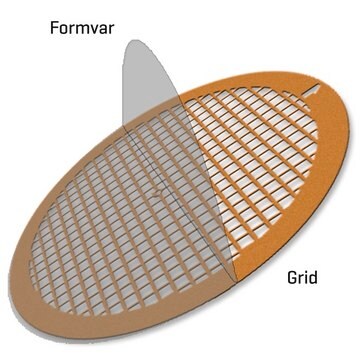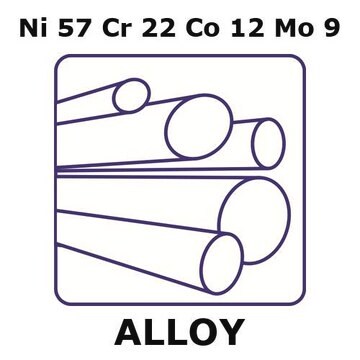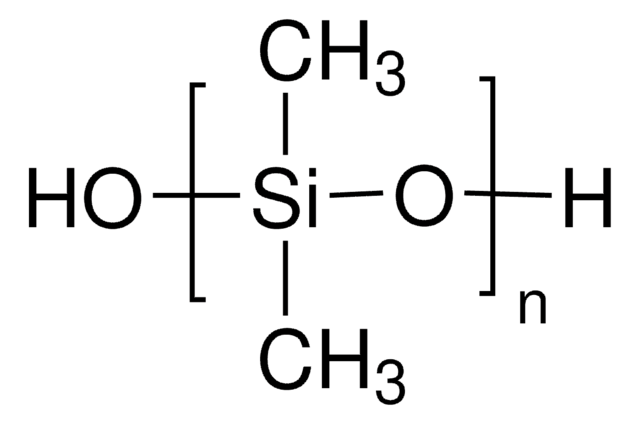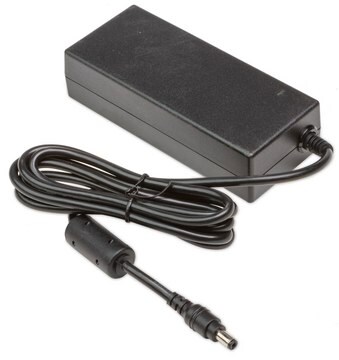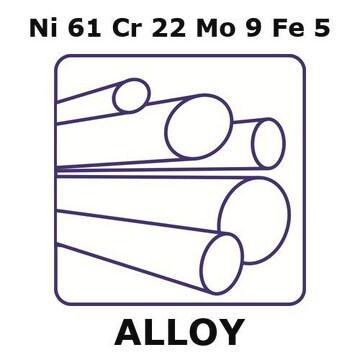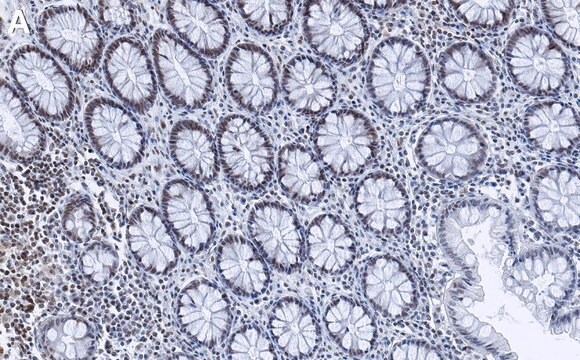Allgemeine Beschreibung
p75 was first identified during micro-sequencing of a protein that co-purified with positive cofactor 4 (PC4), a general transcriptional coactivator. This is a transcriptional coactivator and has a molecular weight of 75kDa. This protein is also known as LEDGF (lens epithelium-derived growth factor), and belongs to the hepatoma-derived growth factor (HDGF) family. p75 is constitutively expressed in the nucleus. This gene is localized to human chromosome 9p22.3, and is composed of 15 exons and 14 introns. It is transcribed into two splice variants- p52 and p75 both of which contain 325 residues in their N-terminals. They differ in their C-terminal, where p75 contains 205 residues in its C-terminal. Its C-terminal also contains the 83-residue IN binding domain (IBD) from residues 340–417, which is essential for p75′s virological and cellular characteristics.
Biochem./physiol. Wirkung
The human p75 protein, similar to p52, is a non-TAF transcription coactivator that mediates activator-dependent transcription by RNA polymerase II in vitro through most tested activators. Although p75 and p52 are derived from alternatively splicing of a single gene and share most coding sequence, they reveal different function in several aspects. In addition to functioning as a transcription coactivator, p75 has been shown to be involved in growth of epithelial cells as a lens epithelial cell-derived growth factor (LEDGF), and in pathogenesis of atopic dermatitis as an autoantigen.
The human p75 protein, similar to p52, is a non-TAF transcription coactivator that mediates activator-dependent transcription by RNA polymerase II in vitro through most tested activators. Although p75 and p52 are derived from alternatively splicing of a single gene and share most coding sequence, they reveal different function in several aspects. In addition to functioning as a transcription coactivator, p75 has been shown to be involved in growth of epithelial cells as a lens epithelial cell-derived growth factor (LEDGF), and in pathogenesis of atopic dermatitis as an autoantigen.
p75 and p52 proteins associate with chromatin tightly and interact with other nuclear proteins, out of which multiple proteins are anchored by p75 to the chromatin fiber. Therefore, these proteins are involved in transcriptional regulation. Lentiviruses utilize the chromatin tethering capacity of this protein to integrate into the host chromosomes. p75 not only anchors HIV (human immunodeficiency virus) integrase to chromatin and prevents its degradation, but also promotes the genome-wide HIV integration. Human papillomavirus (HPV) E6/E7 oncogenes promote the expression of p75 in host cells, which in turn confers protection to HPV-positive cancer cells against different types of cellular stress, such as DNA damage.
